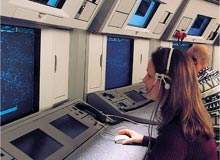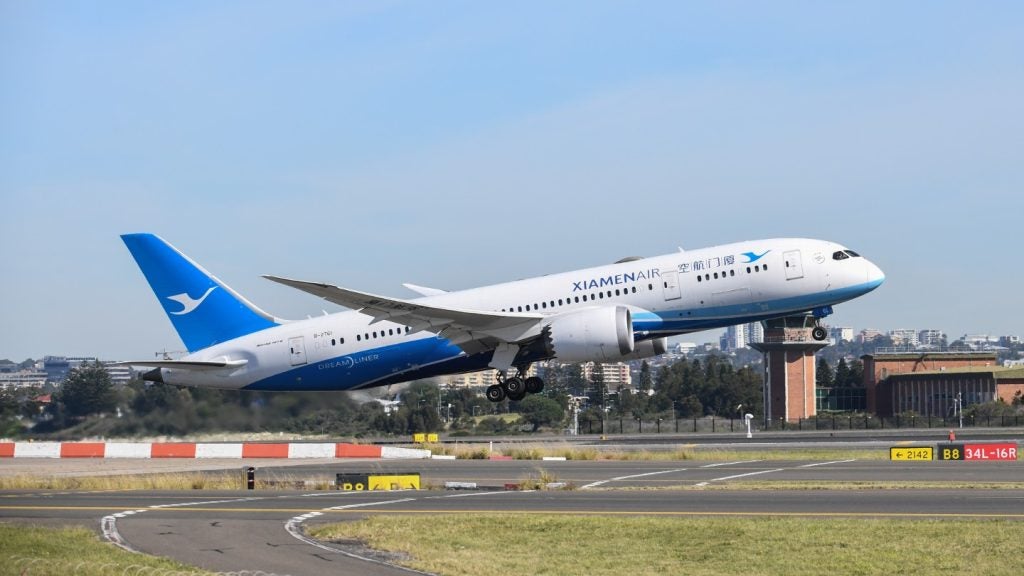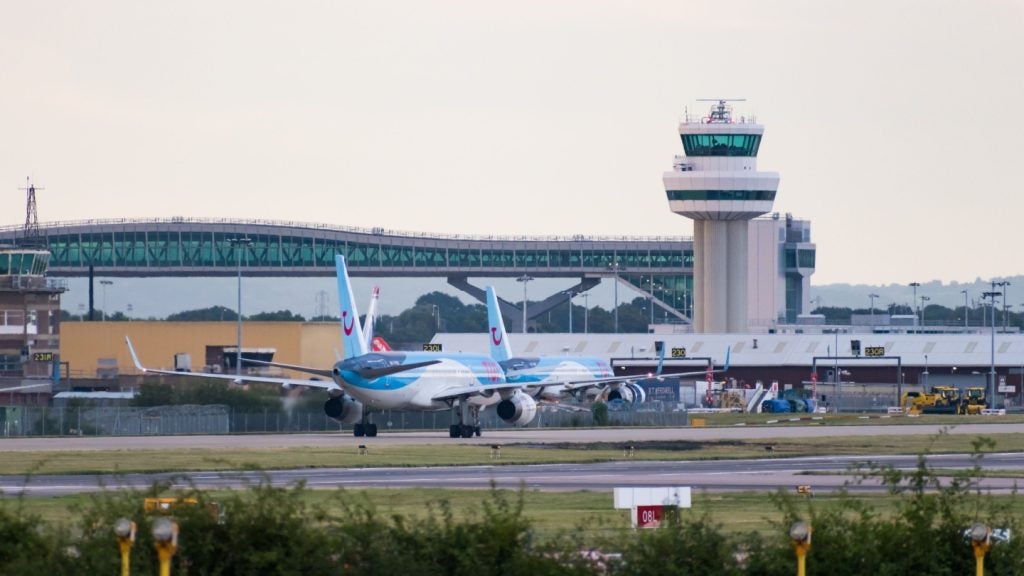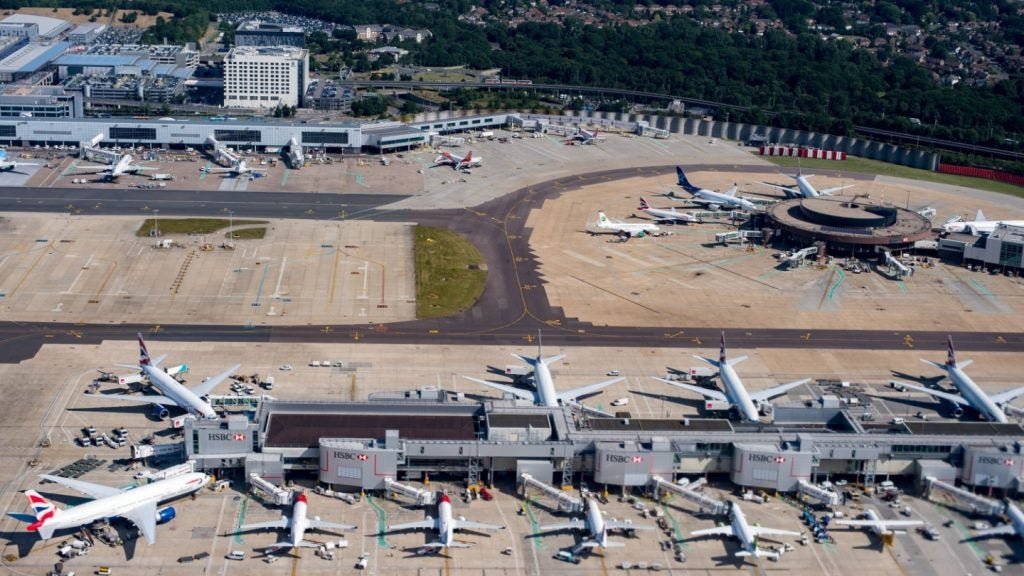
Over recent years, radio control equipment for use in airport applications has undergone significant development both in terms of scope and availability, with the latest generation offering unprecedented standards of reliability, functionality and operational integration.
From remote monitoring systems to ground radio receivers, the sector is growing – consolidating existing technologies and bringing extended capability to the field, while witnessing the emergence of fast-evolving and innovative approaches to address new and current needs.
Unsurprisingly, much of this has been driven by environmental and security concerns – two areas in which the public is increasing calling for improvements in the airport industry.
REMOTE RADIO CONTROL AND MONITORING
Existing applications in air traffic control (ATC) operations are being revolutionised by technological developments, making the next-generation of ATC almost unrecognisable in comparison to current systems.
See Also:
Remotely controlled runway lighting, for example, is nothing new. Pilot-controlled lighting (PCL) – otherwise known as pilot-activated lighting (PAL) or aircraft radio control of aerodrome lighting (ARCAL) – is also well established, particularly for little-used airfields or those without towers. What has changed, however, are their reasons for use.
How well do you really know your competitors?
Access the most comprehensive Company Profiles on the market, powered by GlobalData. Save hours of research. Gain competitive edge.

Thank you!
Your download email will arrive shortly
Not ready to buy yet? Download a free sample
We are confident about the unique quality of our Company Profiles. However, we want you to make the most beneficial decision for your business, so we offer a free sample that you can download by submitting the below form
By GlobalDataOriginally the principal driver was economic – neither all-night lighting nor 24-hour staffing was financially sustainable in these situations. But today, increasing environmental concerns have seen the reduction of both energy consumption and light pollution assume far greater significance.
There have also been developments in the search for truly integrated remote control and monitoring systems. PAE's multi-access remote control (MARC), for instance, allows routine checks on an entire ATC network to be carried out remotely by computer. It also provides around-the-clock monitoring on alarm systems. This allows the development of a fully integrated remote control and monitoring system which can be adapted to accommodate upgrades or expansions within the network.
At the heart of the MARC lies a data router collating and distributing control and monitoring information from multiple radio sites within the network – sharing resources assigned to the ATC voice channel, with data transmission taking place when the radio channel is silent.
Alternatively, the Sitewatch integrated remote control and monitoring systems for ACT nav-aids offer a high-performance, high-availability SCADA package which can be configured as a stand-alone, as a node on a network or as part of a distributed remote master station network.
Software inevitably plays a major role in the whole sector. Accordingly, a number of companies have been working to develop software libraries to support remote control, monitoring and operational functions across the whole broad-spectrum of multi-vendor equipment and accessories.
Turnkey communication systems supplier and integrator C4i, for instance, provides integrated PC-based system management for both manned and unmanned sites, which can be alternatively accessed directly via the operator screen of its corresponding Switchplus system.
AIRPORT SECURITY
As recent terrorism events in the industry have highlighted, achieving adequate levels of robust security involves an inevitable measure of risk to those actually engaged in providing it. For a number of applications, the practical advantages offered by radio control systems make them obvious candidates for deployment, whether extending the flexibility of physical security or improving routine surveillance tasks.
The need for measures to be adaptable to swiftly changing circumstances, for instance, whether in response to an actual event or the raised threat of one, can place sudden demands on physical security – and often in unpredictable locations.
Equipment such as the battery-operated portable temporary roadblock apparatus pack (TRAP) enables airports to meet the need to exclude access to a given area on a short-term basis. Able to be deployed fast, with its barrier arm and erectable tyre-bursting spike strip – able to take out all the tyres of an offending vehicle – the system is an effective tool against car bombs and terrorist vehicles.
Suitable for a range of functions – as a remote controlled roadblock, checkpoint, access gate, detour or perimeter control – in any environment, there is the option to grant authorised personnel access to the secured area by means of a wireless remote or RFID (radio frequency identification) tag.
It can also be fitted with wireless infrared day and night cameras for additional movement monitoring.
The ongoing rise of internet protocol (IP) video – particularly in light of the work to develop intelligent systems which automatically detect suspicious behaviour – has also driven work to improve the integration of mixed digital / analogue signals.
For many applications, the addition of a suitable processing and control environment is the key to extending the level of overall security. Software such as IndigoVision's Control Center, for instance, which was installed as part of a recent upgrade at Munich Airport, can be used to manage both local and remote control of any CCTV system.
THE HIJACK-PROOF PLANE
One of the most innovative ideas for radio remote control to emerge in the post 9-11 aviation security landscape has been its use in developing the concept of the 'hijack-proof' plane. Sounding like something out of a Bond film, the proposal gives 'autopilot' a whole new meaning.
In February 2004, the €35.8m ($45.7m) Security of Aircraft in the Future European Environment (SAFEE) project was launched, backed by Airbus, EADS and BAE Systems, Siemens, Thales, Athena GS3 and the European Commission. It comprises work on a wide raft of new measures, including extensive biometric ID technology, on-board CCTV and audio linked to sophisticated computer analysis for threat detection and response management together with an automated collision avoidance system. According
to Omer Laviv of Athena GS3, the system might be in commercial use by 2012.
Boeing has taken the whole idea one step further in its 'uninterruptible autopilot' patent filing – proposing a system capable of flying and landing airliners automatically which, once engaged, cannot be over-ridden by anyone on-board – not even the plane's legitimate crew.
The system could be initiated from the flight-deck, automatically by sensors detecting forced entry to the cabin or remotely. Also, the RC element of the project, coupled with data from global satellite positioning systems, would allow controllers to fly the aircraft directly under digital remote control.
Whether or not Boeing's vision ultimately comes to commercial reality – and the idea is not without either its critics or its practical hurdles to overcome – it seems clear that the development of airport radio control equipment has considerable future potential.







